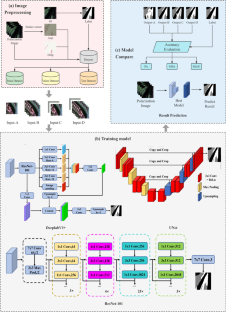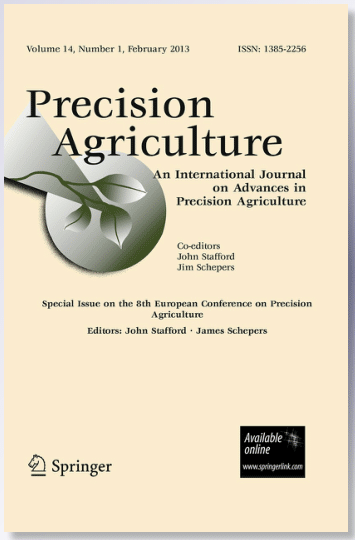Shadows are inevitable in vegetated remote sensing scenes due to variations in viewing and solar geometries, resulting in illuminated vegetation, shadowed vegetation, illuminated background and shadowed background. In RGB images, shadowed vegetation is difficult to separate from the shadowed background because their spectra are very similar in the visible light range. Furthermore, shadowed vegetation may provide different ecological functions than illuminated vegetation. Therefore, it is important to extract both illuminated and shadowed vegetation instead of combining them into one vegetation class. However, most previous studies focused on extracting total vegetation cover and neglected separating illuminated and shadowed vegetation, partly due to a lack of sufficient information. In this study, polarization information is introduced to extract illuminated vegetation, shadowed vegetation and background simultaneously with different deep learning algorithms. The experimental results show that the addition of polarization information can effectively improve the extraction accuracy of illuminated vegetation, shadowed vegetation and background, with a maximum accuracy improvement of 12.2%. The accuracy of shadow vegetation improved the most, with a rate of 21.8%. The results of this study suggest that by adding polarization information, illuminated and shadowed vegetation can be accurately extracted to provide a reliable vegetation cover product for remote sensing.



